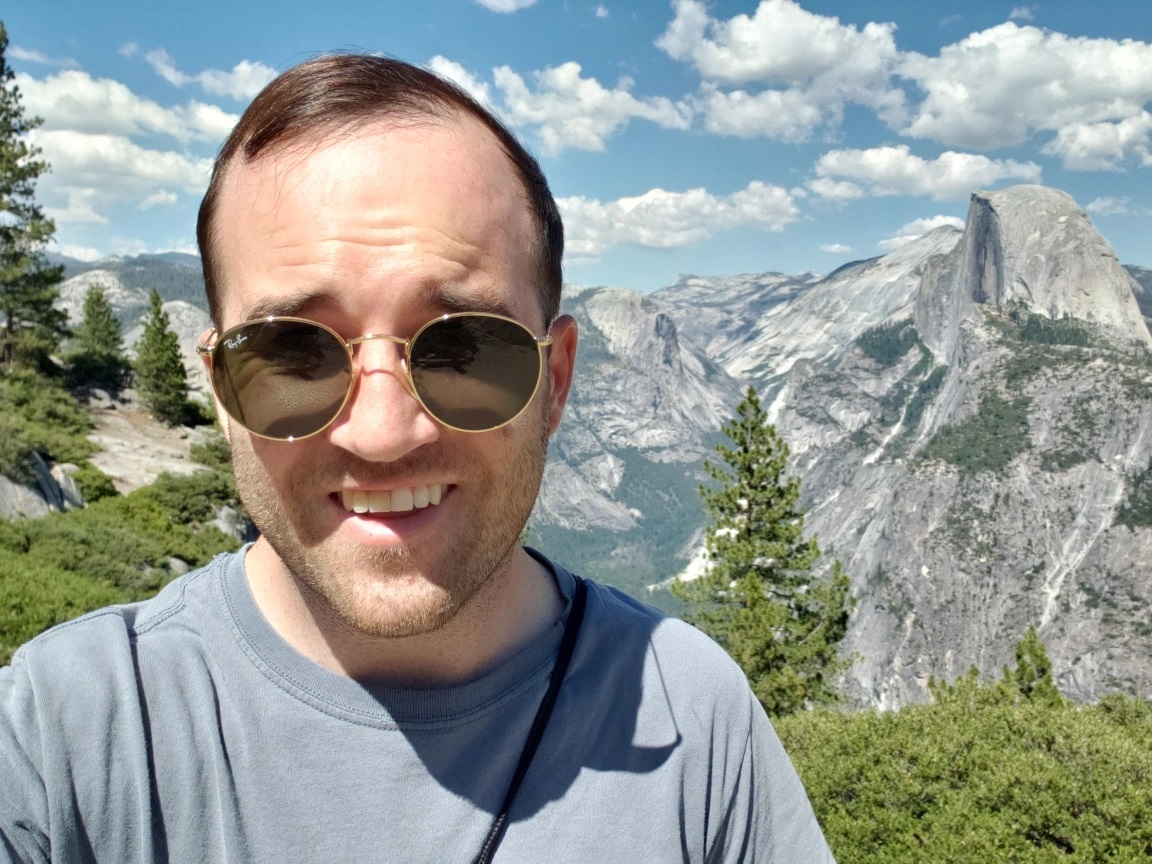

I grew up in Southern California, but have resided in New Mexico for about two years while I pursue higher education. I enjoy traveling, hiking, and cycling. In the past, I studied and traveled across Europe, and Washington D.C. In the future I hope to travel across Northern Europe and Asia.
Computers:
Fieldwork Research Methods:
My research interests involve exploring the influence of the wild-land urban interface (WUI) on home prices. This allows me to quantify the magnitude of this relationship and understand how people value their proximity to nature. Essentially, gaining insight into the patterns of urban sprawl that are seen throughout America. My background lies in economics, sustainability, and geographic information systems (GIS).
Currently, I am a research assistant doing my PhD in Geography while researching health inequities within the Native American community. Specifically, as they relate to travel time and health outcomes for patients with cancer between urban and rural areas. Understanding the influence of environmental and socioeconomic variables on disease is my current goal.
My interests lie in: economics, regression analysis, GIS, geography, urban sprawl, sustainability, policy, autoimmune diseases, cancer, health inequities, and epidemiology.
View CV View PortfolioResidents of Navajo Nation (Dine Bikeyah), a sovereign Indigenous Tribal nation of the American Southwest, are vulnerable to environmental pollution from various sources such as resource extraction and unregulated solid waste disposal (Kirkemeno et al. 1998; Ong et al. 2014; Lewis et al. 2017). For example, from the 1940s through the 1980s, one of the most sought-after resources was uranium, as evident by the hundreds of abandoned uranium mines (AUMs) across Navajo lands. This legacy of mining and continuing presence of AUMs has caused significant environmental contamination in Navajo Nation (Eichstaedt 1994; Masco 2013; Voyles 2015; Lewis et al. 2017). As a result, understanding the distribution of potential exposure to these AUMs is a significant concern in Navajo communities. Some recent work to model this exposure potential includes a multi-criteria decision analysis (MCDA) (Malczewski 2006) model developed by Lin et al. (2020) to analyze and understand potential exposure within Navajo Nation.
My Web App